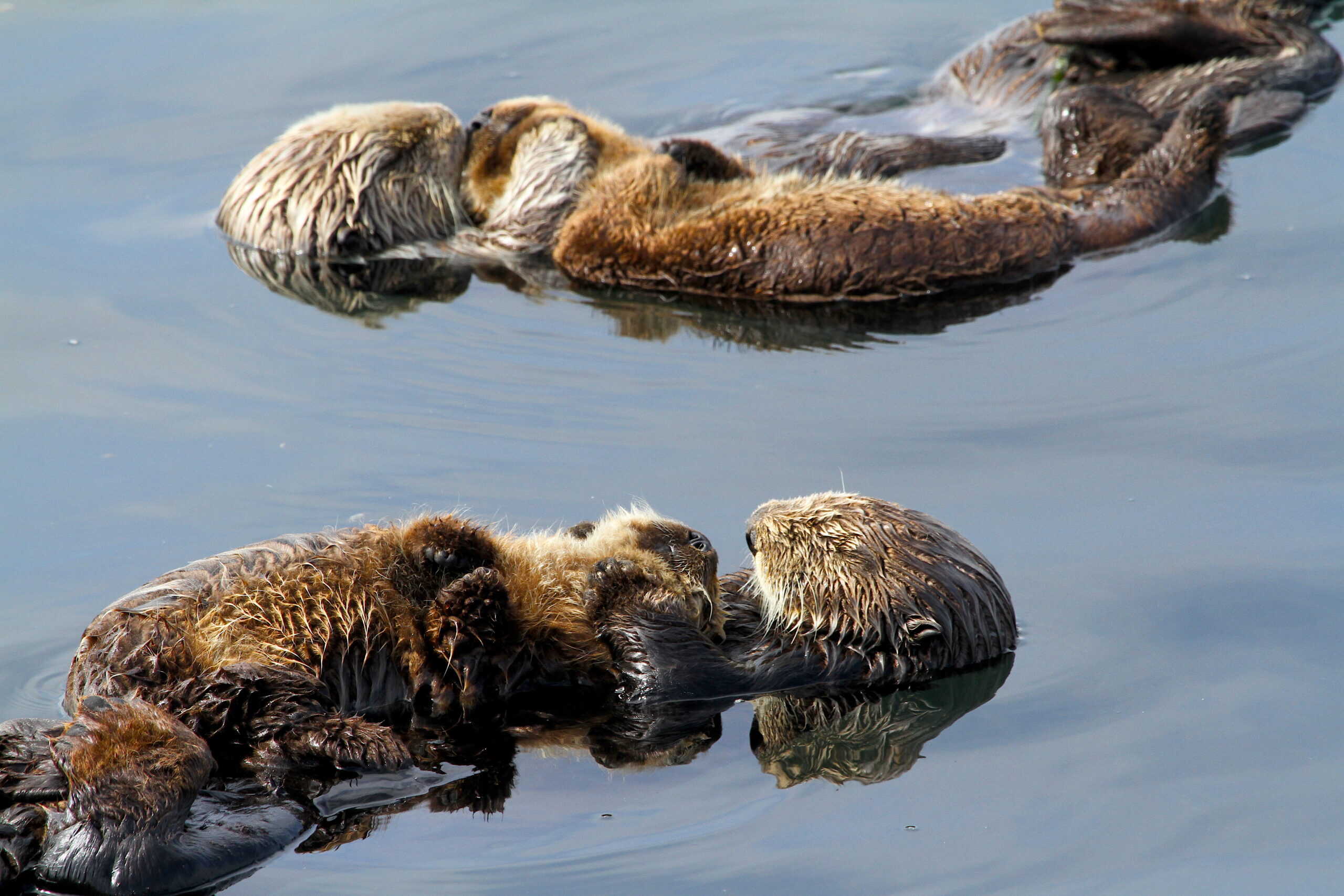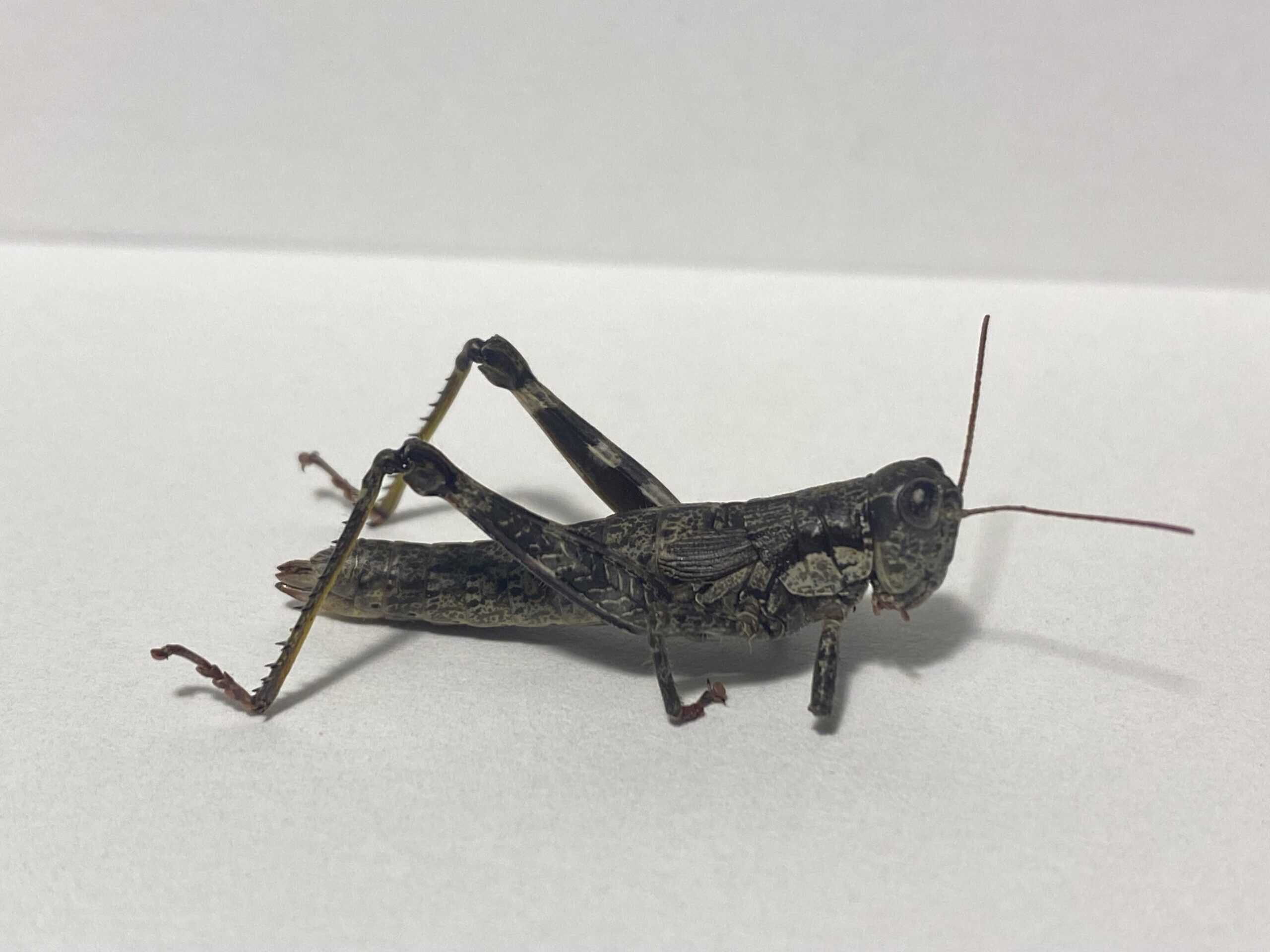Share this article
Wildlife Featured in this article
- Hawksbill sea turtle
- Kemp's ridley sea turtle
- Green sea turtle
- Loggerhead sea turtle
Juvenile sea turtles don’t just drift—they swim
Findings about the turtles in their early years can help inform conservation
Scientists don’t have much insight into what sea turtles do in their early lives once they’ve hatched on land and ventured out into the ocean. But researchers looking at dispersal movements of the young turtles found evidence of them being active swimmers rather than passive drifters. In a study published in Proceedings of the Royal Society B, researchers tracked juvenile sea turtles in the Gulf of Mexico from 2011 to 2022. They tagged and followed 131 turtles—94 green turtles, 28 Kemp’s ridleys (Lepidochelys kempii), five loggerheads (Caretta caretta) and four hawksbills (Eretmochelys imbricate). The team found that contrary to assumptions that juvenile turtles stay far offshore, the turtles were actually crossing over the continental shelf more than expected. They also saw that the turtles were approaching the shore and then turning to avoid it. “That was interesting because we had these passive drifters that we released with them, and many of them washed up shore and none of the turtles did,” said Katrina Phillips, the lead author of the study and a postdoctoral graduate at the University of Central Florida. Phillips and her colleagues said these findings are important for managers to consider when assessing risks from human activity and conducting conservation efforts.
Header Image: A juvenile loggerhead sea turtle that the researchers followed in the study. Credit: Kate Mansfield







